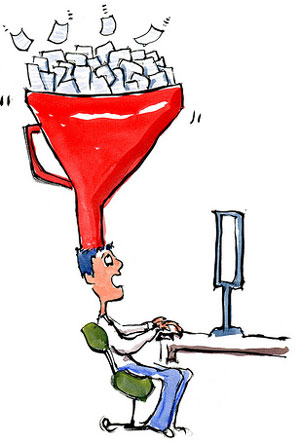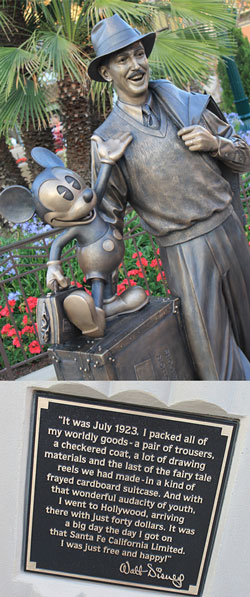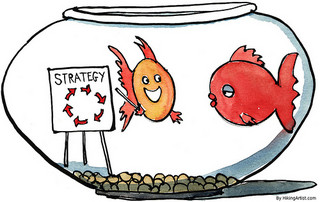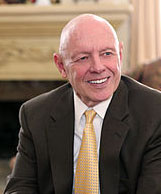It would seem strange not to write about the Olympics during the summer of 2012; so although I’m not a fan of sports, the event seems to have some important business lessons embedded in it…oh, and it fits the color theme of the current blog series. (See Gray Matters Part 1 and Part 2 and the 3-part Pink Matter series, linked below.)

One way to avoid the strict usage requirements surrounding the Olympics; photo via thedrum.co.uk
In doing some research for the blog, I uncovered a few pieces of trivia. I discovered that I couldn’t depict the colored Olympic rings on my site without permission as there are so many restrictions on the use of that trademarked symbol in the guidelines about social media in the Olympics.
According to Wikipedia, the colors of those interlocking rings have a symbolism explained by their creator and the founder of the modern Olympics, Baron Pierre de Coubertin, in 1912: blue stands for Europe, black for Africa, red for Americas, yellow for Asia and green for Oceania. He saw these as the five parts of the world that practiced healthy competition.
If that were true, however, why is it that a hundred years later, the Olympics have, for the very first time, women athletes participating from each country? In the XXXth Olympiad, pink definitely matters, as you can read in three other recent blogs in this series. See Pink Matters Part 1, Part 2 and Part 3.)
But the colors that matter most in any Olympic games are gold, silver and bronze. Not everyone can be winners in sport — or in business for that matter. If all teammates do their personal best, the company should reward that performance appropriately even when the team doesn’t “take home the gold.”
Jacques Rogge, the Olympic Committee president, made that lesson clear during his speech at the opening ceremony:
…honor is determined not by whether you win, but by how you compete. Character counts far more than medals.”
Are you as a thought leader competing fairly and encouraging your teams to strive for faster, stronger, higher, better, more honorable performance? Ask, assess, then act. We’re here to help.
 The first blog in this series looked at an article published in August in The Atlantic about a brainy computer scientist and astrophysicist, Larry Smarr, who was measuring all aspects of his body chemistry, his bodily functions, etc., in order to ensure his health.
The first blog in this series looked at an article published in August in The Atlantic about a brainy computer scientist and astrophysicist, Larry Smarr, who was measuring all aspects of his body chemistry, his bodily functions, etc., in order to ensure his health.








